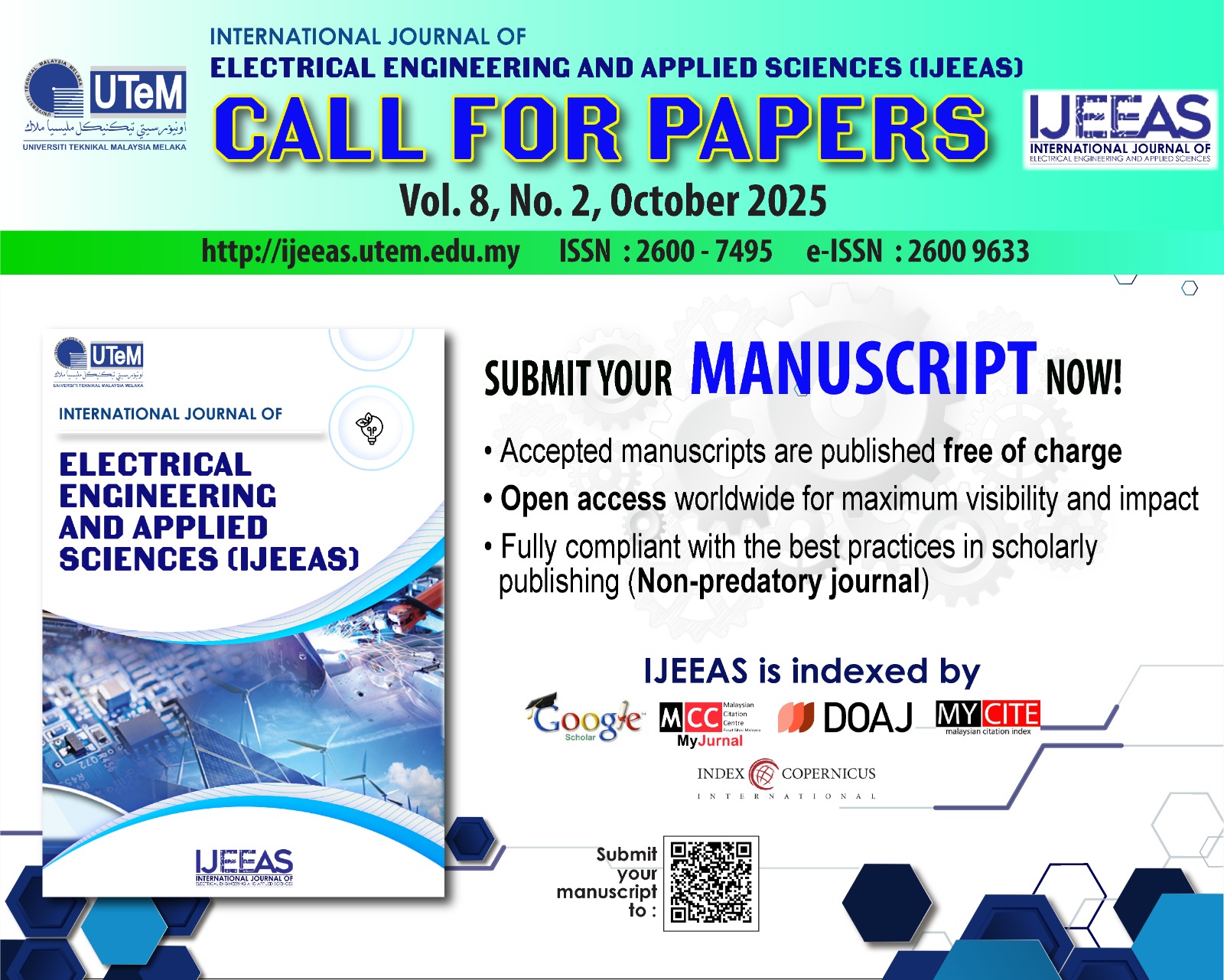Energy consumption analysis of a sensor node working in wireless sensor network
DOI:
https://doi.org/10.54554/ijeeas.2022.5.02.003Abstract
The primary goal of this research work is to develop a close form energy consumption model of a sensor module working in a wireless sensor network. The energy consumption is an important aspect for a battery driven sensor node using in a wireless sensor network. The distinct feature of the proposed energy consumption model is to calculate the energy consumption for bit by bit data transfer of the sensor module. In existing literature there are many energy consumption models available but most of them have considered only one layer energy consumption. Instead of the existing model we have proposed a cross layer based energy consumption. Where together the physical layer and mac layer energy consumption are measured. The usefulness of our proposed energy consumption model is verified by calculation the node lifetime as well as network lifetime for various load in the network. We have also analysis our model with different multiple accesses techniques such as time-hopping (TH) and direct-sequence (DS) multiple access. For reducing the energy utilization of a sensor module we have introduced the sleeping technique by which the sensor node will remain inactive where there is no data for sending to others.
Downloads
Downloads
Published
How to Cite
Issue
Section
License
Authors who publish with this journal agree to the following terms:
- Authors retain copyright and grant the journal right of first publication with the work simultaneously licensed under a Creative Commons Attribution License that allows others to share the work with an acknowledgement of the work's authorship and initial publication in this journal.
- Authors are able to enter into separate, additional contractual arrangements for the non-exclusive distribution of the journal's published version of the work (e.g., post it to an institutional repository or publish it in a book), with an acknowledgement of its initial publication in this journal.
- Authors are permitted and encouraged to post their work online (e.g., in institutional repositories or on their website) prior to and during the submission process, as it can lead to productive exchanges, as well as earlier and greater citation of published work (See The Effect of Open Access).







